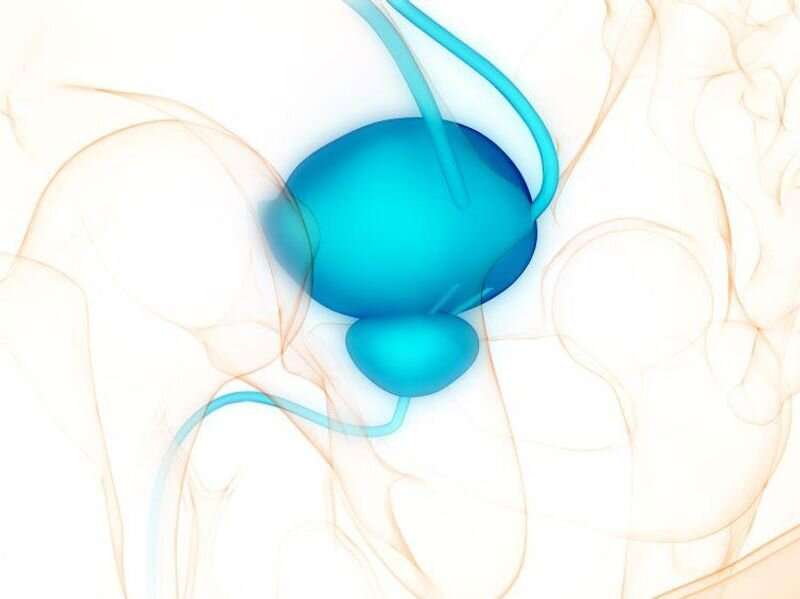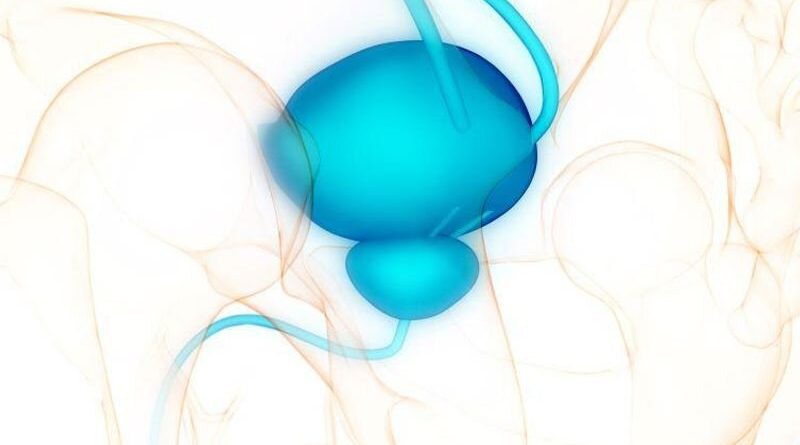zithromax 5 day treatment

The addition of metastasis-directed therapy (MDT), consisting of definitive radiation therapy to all sites of disease, renova pharmaceutical company to hormone therapy results in improved progression-free survival for men with oligometastatic prostate cancer, according to a study published online April 6 in JAMA Oncology.
Chad Tang, M.D., from The University of Texas MD Anderson Cancer Center in Houston, and colleagues examined whether the addition of MDT to intermittent hormone therapy improves oncologic outcomes compared to intermittent hormone therapy alone among men with oligometastatic prostate cancer in a phase 2 randomized trial. Men aged 18 years or older with oligometastatic prostate cancer with five or fewer metastases who were treated with hormone therapy for two or more months were enrolled and randomly assigned to MDT or hormone therapy alone (43 and 44 patients, respectively) and were followed for a median of 22.0 months.
The researchers found that progression-free survival was improved in the combined therapy arm compared with the hormone therapy-only arm (median, not reached versus 15.8 months; hazard ratio, 0.25). In addition, eugonadal progression-free survival was improved with MDT versus hormone therapy only (median, not reached versus 6.1 months; hazard ratio, 0.32).
“This therapeutic strategy leveraged the noninvasiveness of radiation and ability of hormone therapy to enhance radiation benefit while limiting the duration of medical castration,” the authors write. “Additional studies in a more homogeneous patient population will be necessary to identify predictive biomarkers, optimize systemic therapy regimens and imaging, and identify candidate immunotherapies to exploit the favorable immunologic stimulation with MDT.”
Several authors disclosed financial ties to the pharmaceutical industry.
More information:
Chad Tang et al, Addition of Metastasis-Directed Therapy to Intermittent Hormone Therapy for Oligometastatic Prostate Cancer, JAMA Oncology (2023). DOI: 10.1001/jamaoncol.2023.0161
Journal information:
JAMA Oncology
Source: Read Full Article
